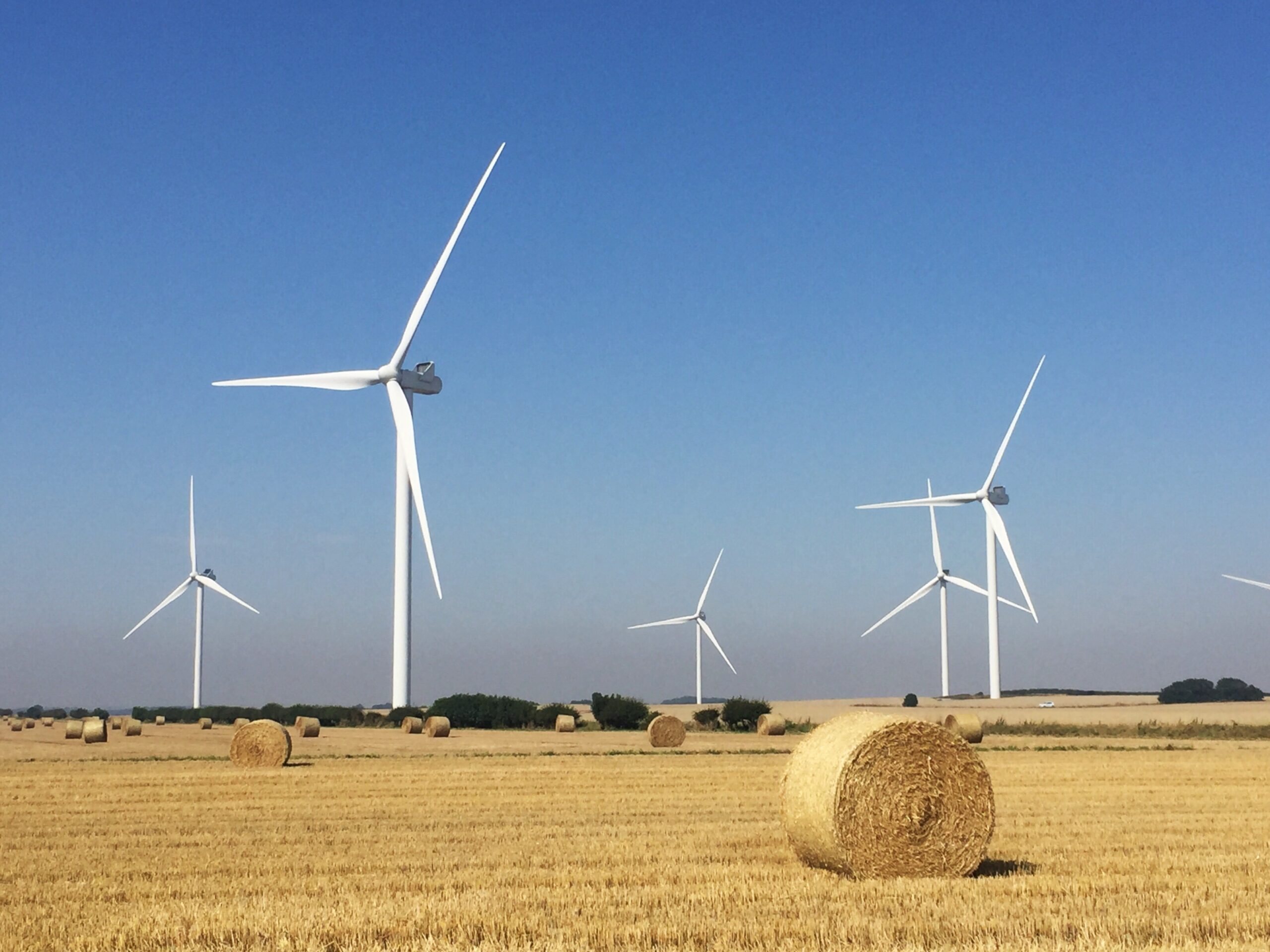Since 1995, the United Nations (UN) has been holding global climate summits known as the ‘Conference of the Parties’.
And on 20 November 2022, the COP27, which took place in the Egyptian coastal city of Sharm el-Sheikh, concluded with a historic decision to establish and operationalise a Loss and Damage fund – a way to address the impacts on communities whose lives and livelihoods have been badly affected by the worst of climate change. However, many analysts concluded that the summit did not deliver significant progress in addressing the overall global climate crisis. For businesses, COP27 is an important event to stay abreast of because it will shape the policy landscape around climate change for years to come.
Let’s delve deeper to make sense of what happened at the COP27 as well as understand the decisions made that will affect the following COP28,
A Step Toward Progress: The Establishment of a Loss & Damage Fund
The term ‘loss and damage’ refers to the negative consequences that arise from the unavoidable risks of climate change. These include rising sea levels, prolonged heatwaves, desertification, extreme events like bushfires, and crop failures, amongst many others. As the climate crisis continues to unfold, these events are expected to happen more frequently with more severe consequences.
The African continent, for example, contributes the least to climate change yet is the most vulnerable to its impacts – this results in them having to spend more on these issues as compared to healthcare. G20 countries, meanwhile, represent almost 75% of global greenhouse emissions.
Hence, the establishment of loss and damage funds can provide much-needed relief to countries struggling to deal with the impacts of climate change. The loss and damage funds constitute traditional financing instruments, social protection, contingency finance, catastrophe risk insurance and bonds.
Renewed Urgency To Tackling Global Warming Rates
Despite the establishment of loss and damage funds, other urgent aspects could spell trouble for global climate objectives. As of today, the plant has warmed by 1.09℃, with emissions at record levels, according to the Intergovernmental Panel on Climate Change (IPCC).
Global heating threatens to devastate habitats worldwide, putting thousands of species at risk of extinction. These range from polar bears and tigers to monarch butterflies and sea turtles. However, the one most affected by these climate changes is the coral reefs, which provide habitats for thousands of species. A 1.5℃ rise in global temperature will see the disappearance of 70-90% of the coral reefs. A 2℃, approximately 99% of these reefs will be destroyed.
Phasing Out of Fossil Fuel Emissions, Watered Down
Given that the extracting and burning oil and gas accounts for up to 65% of greenhouse gas emissions, hopes were raised at the COP27 that serious reductions could be made in humanity’s burning of fossil fuels. This optimism came from India’s call for fossil fuels to be phased down. However, the proposal has not led to major follow-ups due to current dependencies, fears of stranded investments, and Europe’s attempts to replace gas from Russia. Instead, the focus was shifted to damage limitations, with major producer countries like Canada and Saudi Arabia keen to emphasise ‘clean up’ instead of phasing down.
What to Expect at the Upcoming COP28 in 2023
The strong diplomatic relations with global nations and pragmatic position on climate action, underpinned by proven experience in the energy and sustainability sector, has led to the UAE securing international consensus to host the COP28 in 2023. As the first country in the region to ratify the Paris agreement and announce a strategic initiative to achieve Net Zero by 2050, the UAE has also invested more than US$50 billion in clean energy projects in over 70 countries.
Leveraging its clean energy projects, strategic initiatives, and commitment to renewable energy, the UAE’s economic case will be the primary focus for inclusive climate action.





